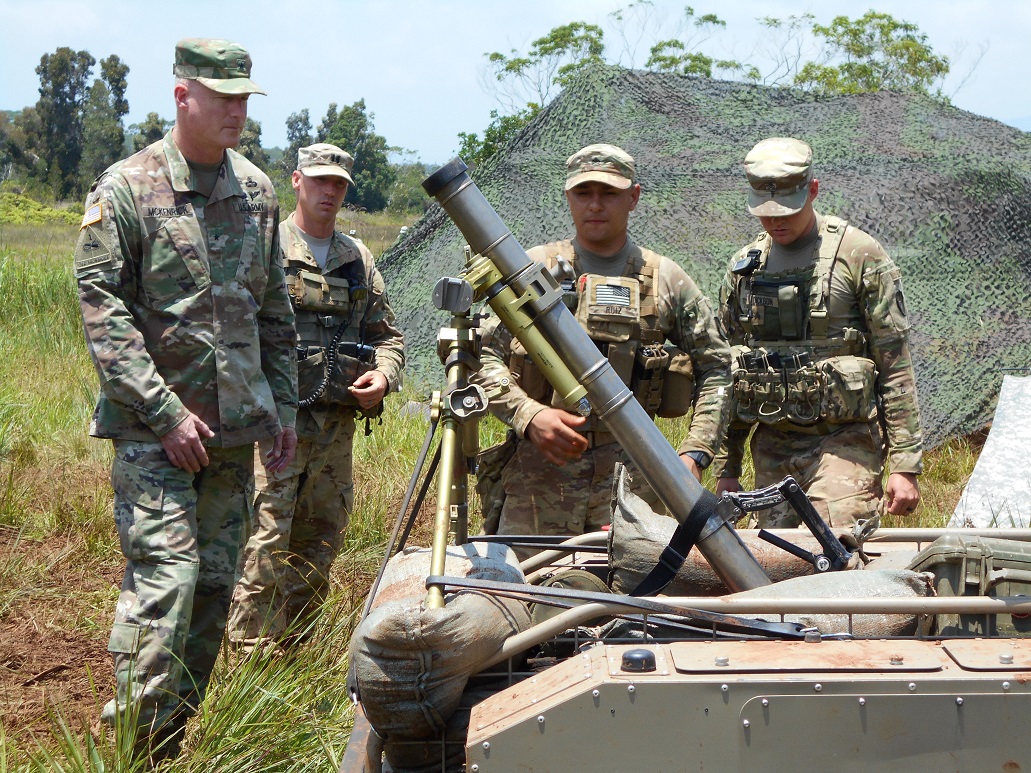
This post is also available in:
 עברית (Hebrew)
עברית (Hebrew)
Unmanned ground and aerial vehicles can provide many advantageous abilities to soldiers on the battlefield. The US Defense Advanced Research Projects Agency (DARPA) has created a program for the teaming of manned-unmanned to improve the potential for ground units, intelligence, and giving squads battalion-level insights.
The U.S. intends to make unmanned vehicles more useful and effective. The United States has a goal to produce technology and autonomy that renders the ability to function nicely and smoothly within infantry units on the ground. In order to advance the collaboration of manned-unmanned, autonomy and infantry units must go through a program that consists of experiments to test the two’s teaming abilities.
Most recently, there was an experiment that tested the capabilities of the Lockheed Martin System. Squad members were provided with vests that had sensors attached to them, displaying a realistic scenario where they had to travel between natural desert and mock city blocks. Unmanned systems were then equipped with hardware such as live and simulated electronic surveillance tools, ground radar, and camera-based sensing. The combination of all these tools not only implemented surveillance of areas ahead of the unit, but also provided flank security too. The experiment was believed to be a success by providing ground and aerial support from autonomous vehicles, according to defence-blog.com.
There was an experiment held before the one mentioned before that tested the Lockheed Martin System in early 2019. That experiment demonstrated how the teaming of manned-unmanned can accomplish the ability to improve ground units by giving small squads battalion-level insights and intelligence. The advancement through the first two experiments has proven that tactics and hardware are gradually evolving. The third and final experiment consisted of an autonomous system providing important capabilities such as situational awareness and detects of electronic emissions.
With all three of these experiments completed, the program is showing how the teaming of manned-unmanned can enhance military tactics and hardware. The ability to survey the battlefield prior to infantry units serves as a major advantage for the military. The risk of a soldier losing their life decreases significantly from the power of teaming manned-unmanned.

























